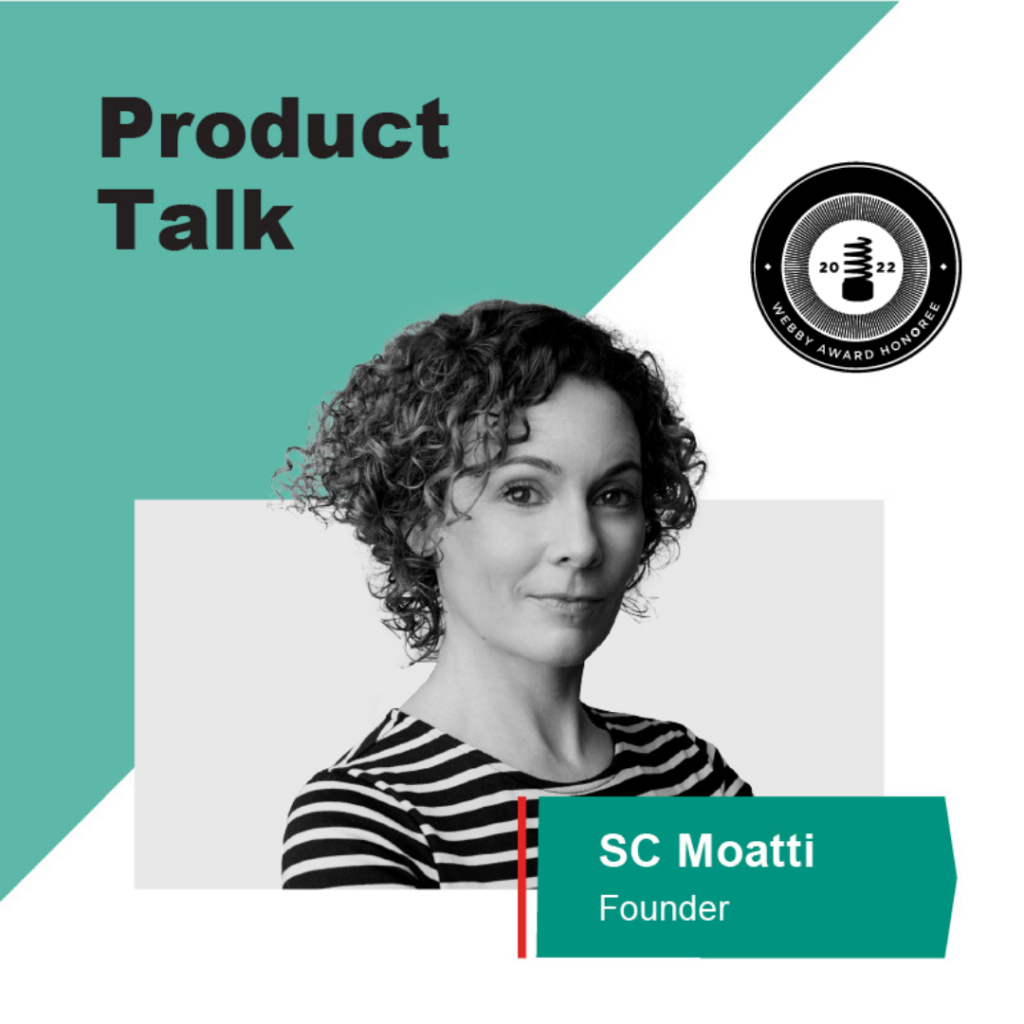New technologies have allowed for devices to be invented that are truly revolutionary. Because of haptics, we now have technologies that provide the sensation of digital touch feedback. So, how can product managers implement haptic feedback? This week, Product Talk host & ALTR Product Leader, Neha Shah, interviews WearWorks Co-Founder & Inventor Kevin Hoil Yoo who shares insights on how his product, Wayband, uses the skin as a communication channel to deliver information.
Subscribe to the Product Talk podcast on Spotify and Apple Podcasts and catch every conversation with leading product executives. New episodes go live every week.

On Haptics
Haptics is any type of technology that gives you some kind of tactile response. For example, when your phone vibrates. So really, haptics is any device that creates information based on touch. PMs can use haptics to deliver richer, more sophisticated, and more engaging user interactions. Haptics is even being applied to navigation and routing devices, and now you can get places without having to take out your phone. Here is what you need to know:
“Haptics is anything relating to the sense of touch. So really, we can make technology that’s for your skin, and create information based on touch. And that’s the core of our company.”
“You can imagine a compass, like a needle pointing north. Now, imagine as you make a slight twist, or left or right, it gives you a subtle vibration, and that vibration grows as you deviate further from the north. And that’s why we call it a haptic compass. It’s not a visual-based needle, but it’s haptic feedback that gives you orientation by gently changing in vibration.”
We apply this to now routing and the navigation of the world. And now you can get to places without ever having to take your phone out or look at it or listen to anything.”
On the Inspiration Behind WayBand
Most importantly, a great product fills a need. It is one that aims to make the lives of the end user easier or better. A great product manager focuses on the pain points of end users and works towards solving some of those problems. And that is exactly what Kevin and his team at WearWorks did with Wayband, the haptics design device that revolutionized navigation. This is where Kevin found inspiration:
“I’m going to make a product for somebody, and I’m going to see if it helps them. And then I’m going to iterate and make it better. And then just keep doing it until it’s really, really good.”
“I was at Pratt, in this group doing the Inclusive Design impact design. And Marcus came, he’s a blind author and a writer. And he used to tell me a lot about the pain points of navigation and these things that were very hindering if you didn’t have sight. So, when he came and spoke, he influenced me to start design for that use case.”
“We started talking about haptics and mentioned Marcus, and I said, hey, I think through touch, we can guide people, and that can be truly inclusive, and so that you can do it without sight.”
On Version One of the Haptics Design Device: Wayband
Kevin and his partner Keith created the Wayband app and wristband to guide people to their destination using only vibrations. Through haptics, WearWorks is able to utilize one of the most universal forms of communication, touch. It is an intuitive eyes-free, ears-free, and hands-free navigation experience that has changed the way we find our way around the world. But getting there was quite the journey:
“Version one was very dumb. You know, the thing about design is that you got to make something super fast and super dunk immediately. So they can at least check it out, you know, you get to just get to the first step as soon as you can. So you can iterate on it. And then to do the next step.”
“So, the first thing that we worked on, is how to point someone in a direction using touch? And what a lot of people have done in the past is use multiple actuators right around some objects. It could be a hat or a belt or something. And then, with our device, we still wanted it to be a wearable device.”
“I knew that it was the most convenient place to place a product. It still is a watch that has existed for so long. So from there, I was like, how do you capture a product that can just give you orientation in such a small form? That was the biggest challenge, one of the biggest hardware challenges.”
On the Goals of Wayband
The ultimate goal of Wayband is to be inclusive. WearWorks aimed to make a product that could be used by everyone. They wanted to tap into everybody’s mass market. Haptics has the potential to do just that. Through touch communication, WearWorks was able to create a device that was both accessible and transformative. These are some of the goals of the haptics design device Wayband:
“The NFB, National Federation of the Blind, really loved this product Wayband. The first thing they really said was, that this reduces the connotation of me being blind. And sometimes you just want to fully inclusive product.”
“Haptics is still evolving. We’re just the beginning point of it. And we started seven years ago. So, we’re really at the forefront here of haptics. And that’s why we want to make sure that we standardize big languages in order to really make it into a scalable product.”
“And in this space, we’re committed to building the language of touch with people that understand tactile feedback. And through understanding the world through touch, we get to learn a lot from them.”